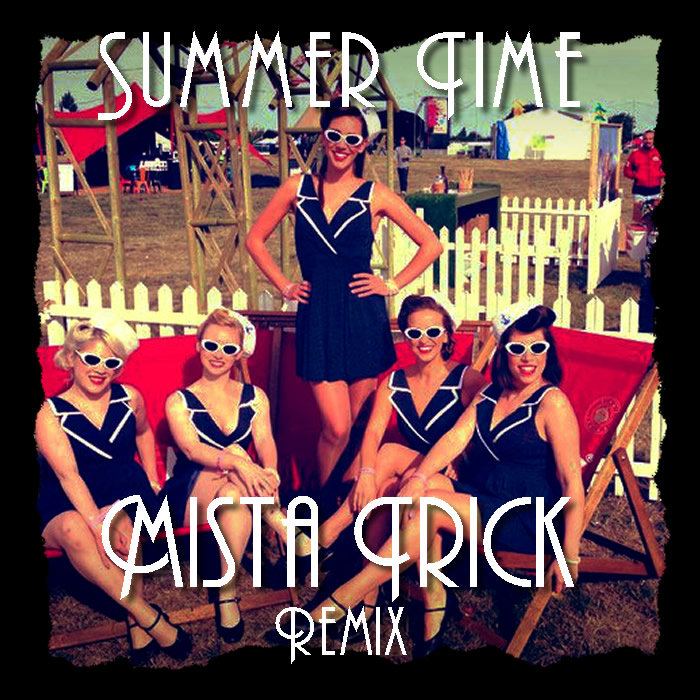
Asa – Be My Man (Mista Trick Remix) – Asa
this blog is GROOVY – check out great Soul, Funk, Jazz, Hip Hop, Bass, Breaks , Reggae, House n many more TUNES
Welcome to the groovy world of swing and bass, where the rhythm is infectious and the vibes are always good! Let’s take a funky trip through time to explore how this genre came about, its key players, and throw in some funny facts along the way. Grab your dancing shoes; it’s gonna be a bumpy ride!
Swing music burst onto the scene in the 1920s and ’30s, like confetti at a party. Originating from jazz, swing brought with it upbeat tempos, smooth melodies, and that irresistible groove that gets you tapping your feet. Think big bands with horns blaring and dancers swirling on hardwood floors; it was an era of dance marathons!
By blending African rhythms with European musical structures—alongside improvisation—the sounds set off waves across clubs in New York City (Hello Cotton Club!) all the way down to New Orleans.
Benny Goodman—the King of Swing himself—was one of those iconic figures who helped popularize swing music. In 1935, his band played at Carnegie Hall for their first major gig. It was such a hit that people were left jitterbugging right out into Broadway!
Funny Fact: During one performance at Carnegie Hall attended by critics expecting classical perfection, Goodman shocked everyone by taking an unexpected break to show off his “spastic” dance moves while playing clarinet! Who knew clarinetists could cut such a rug?
Now rewind just a bit. While guitars twanged away in other genres, double bass stepped into its own spotlight during this swinging period—a true MVP here! This hefty instrument became essential because without its deep tones keeping things grounded… well folks would be floating away on cloud nine!
In addition to jazz bands incorporating more prominent bass lines throughout their tunes during this era likened also as ‘big band sound,’ standalone acts emerged too.
As swing progressed into the late ’40s-’60s post-high-energy scenes came groups like Duke Ellington’s Orchestra strutting around town while mingling with cool cats such as Charles Mingus who weren’t afraid mix both styles together like honey syrup over pancakes.
Funny Fact: Charles Mingus once received an award for best bassist but reportedly said he wanted “to be recognized not just as a musician but also as someone who mops floors!” Talk about humility—and multitasking skills!
Fast forward through decades filled with evolution after evolution from bebop jazz paving new paths for improvisation followed closely by hard bop artists stirring up excitement till we finally reach our beloved fusion age around late ’60s-’70s graced heavily by influential musicians combining funk feel alongside many classic standards birthing something fresh yet familiar known fittingly now as Swing & Bass.
Then along comes DJ’s who kick-started remixes leading up toward what today is termed ‘Nu Jazz’ or ‘Jazztronica.’ Artists melding live instruments over modern electronic beats gave birth anew bringing different flair across global stages everywhere—even disco lights popped on down below creating vibrant spaces perfect for expressiveness galore!
These days there are countless names associated within realm—from Jamie Lidell mixing soul vibes effortlessly fusing rich vocals catching crowds enraptured when paired alongside heavy-hitting bass grooves plucked straight outta icy cavernous places right next door muttering tales reminiscent times long passed back then (cue dramatic gaze).
Funny Fact: DJ Qbert once attempted beatboxing whilst simultaneously juggling vinyl records just so people could see “how real talent takes practice.” He did drop them eventually—his whole philosophy boiled down till fully fit aptly stated saying “the messier you get…the better results!”
And so here we find ourselves floating above rich history filled lush sounds transitioning eras represented through creative artistry allowing us move freely adapting styles evolving endlessly year after year where laughter amongst complexity reign supreme amidst solos shining bright overhead illuminating hearts united musically under ever-swelling starry nights ahead beckoning all kinds inside majestic hidden rooms echoing once given life swaying against walls giving rise sweet memories forever tied together reminisce past dancing onward into future generations alike kicking beats alive until midnight strikes boldly proclaiming tonight we celebrate ourselves filling air spontaneous spirit making magic happen weekly nonstop anywhere every moment matters worth living deeply connect grooves usher forth infinity waiting wondrous times shared going strong-swing & bass baby!!!
So keep those ears open because swing will never fade—it’ll always have us stepping lively whenever plays come tumbling down reuniting harmonies each note uniting cultures smiling brightly reminding everybody joyous fun awaits every time they jam deep inside soul rekindling flames eternally connected resilient forevermore.
Let’s keep swinging!

Asa – Be My Man (Mista Trick Remix) – Asa

About to Blow (Ed Solo Remix) – Mista Trick

Elle and The Pocket Belles – Summer Time (Mista Trick Remix) – Mista Trick

Swing Garage – Mashups & Bootlegs Vol 1. – Mista Trick